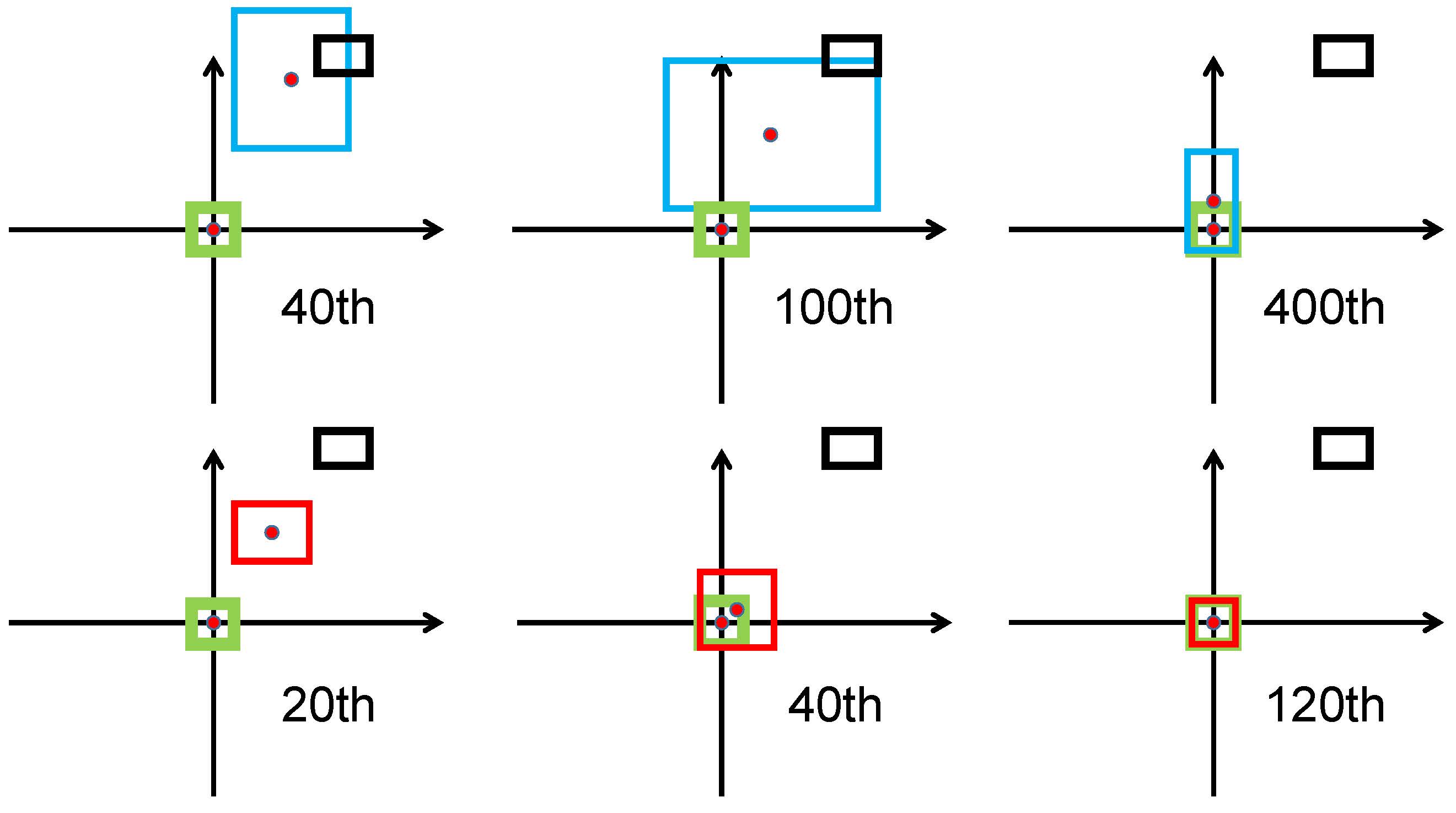New released! https://github.com/Zzh-tju/CIoU
Our paper is accepted by IEEE Transactions on Cybernetics (TCYB).
This is the code for our papers:
- [Distance-IoU Loss: Faster and Better Learning for Bounding Box Regression][arxiv] [pdf]
- Enhancing Geometric Factors into Model Learning and Inference for Object Detection and Instance Segmentation
@Inproceedings{zheng2020diou,
author = {Zheng, Zhaohui and Wang, Ping and Liu, Wei and Li, Jinze and Ye, Rongguang and Ren, Dongwei},
title = {Distance-IoU Loss: Faster and Better Learning for Bounding Box Regression},
booktitle = {The AAAI Conference on Artificial Intelligence (AAAI)},
pages = {12993--13000},
year = {2020}
}
@Article{zheng2021ciou,
author = {Zheng, Zhaohui and Wang, Ping and Ren, Dongwei and Liu, Wei and Ye, Rongguang and Hu, Qinghua and Zuo, Wangmeng},
title = {Enhancing Geometric Factors in Model Learning and Inference for Object Detection and Instance Segmentation},
journal = {IEEE Transactions on cybernetics},
volume = {52},
number = {8},
pages = {8574--8586},
year = {2021},
publisher = {IEEE}
}
Bounding box regression is the crucial step in object detection. In existing methods, while
DIoU and CIoU losses are incorporated into state-of-the-art detection algorithms, including YOLO v3, SSD and Faster R-CNN. The details of implementation and comparison can be respectively found in the following links.
-
Faster R-CNN https://github.com/Zzh-tju/DIoU-pytorch-detectron
We provide simulation experiments to analyze the performance given a loss function in controlled settings.
Download simulation experiment files, you can run it on Matlab. Our matlab version is MATLAB 2017a.
There are two modes that we provide. One is test_1715k.m and the other is simple_test.m.
test_1715k.m provides a large regression samples, for the details of its settings, please refer to our paper.
simple_test.m provides a simple toy simulation. You can modify the options gt and pred to whatever you want.
This is a convenient and intutive way to see how IoU based loss works. All the gradients of these four IoU based losses are calculated consistent with our DIoU-Darknet (YOLO v3). Note that the IoU term is necessary, otherwise the comparison will be meaningless. If you find some other forms of loss functions, you can run this simulation to see its convergence, about how fast it is or how much error it has. And these performance will appear in high probability in benchmark training which is our original idea about the simulation.
We note that the basins in (a) and (b) correspond to good regression cases. One can see that IoU loss has large errors for non-overlapping cases, GIoU loss has large errors for horizontal and vertical cases, and our DIoU loss leads to very small regression errors everywhere.
We further provide three typical cases in simulation experiments.
First, the anchor box is set at diagonal orientation. GIoU loss generally increases the size of predicted box to overlap with target box, while DIoU loss directly minimizes normalized distance of central points.
Second, the anchor box is set at horizontal orientation. GIoU loss broadens the right edge of prediction box, while the central point of prediction box only moves slightly towards target box. And then when there is overlap between prediction and target boxes, the IoU term in GIoU loss would make better match. From the final result at T = 400, one can see that target box has been included into prediction box, where GIoU loss has totally degraded to IoU loss.
Third, the anchor box is set at vertical orientation. Similarly, GIoU loss broadens the bottom edge of prediction box, and these two boxes do not match in the final iteration. In comparison, our DIoU loss converges to good matches in only a few dozen iterations.
We provide txt files for the simulation results. For how to use, please take a look at the end of simulation experiment/test_1715k.m
Link: https://pan.baidu.com/s/1ZkVapEsMcqJz3-PfTF2kSA PW: t3y0




